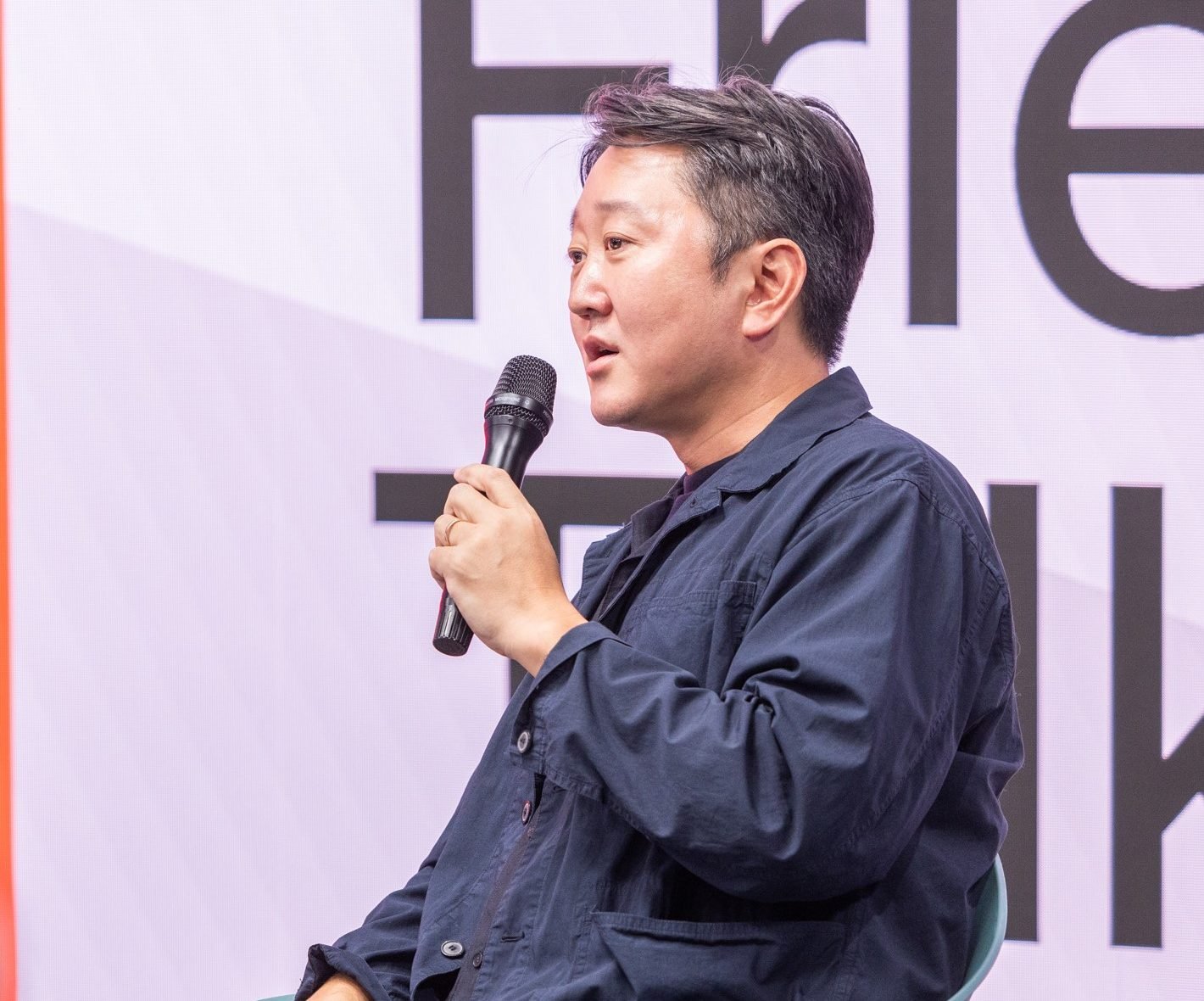
The View From is excerpted from The Asia Pivot, Artnet Pro’s biweekly members-only newsletter providing mission-critical analysis, insights, and exclusive intelligence on developments in Asia’s art markets, with a focus on business opportunities and challenges. Subscribe here to receive it directly to your inbox.
Jung Lee is the head of Seoul-based Gana Art and the vice-chairman of Kiaf Seoul’s operating committee. Kiaf Seoul and Frieze Seoul return to COEX on September.
The economy in South Korea has been tough, just like everywhere in the world. It has affected the art market too. I cannot speak for everyone, but I feel that towards the end of last year and earlier this year, the market has picked up slowly. From April onwards, my clients started to come back. There have been many exhibitions, and sales have been solid. We are also receiving more inquiries and requests locally and from abroad.
During the past few years of the art market boom, we have seen a lot of new collectors coming in. People talk about buying art much more openly. The new generation treats art as an asset class and an investment, such as the NFT fever previously, though they have, of course, slowed down their purchases. Some even call us back hoping to sell their collection, wanting to start over with new acquisitions. A lot of these new clients did not expect the market to slow down, and some are probably selling the works a bit earlier than they promised through private sales and auctions.
Visitors congregated at the entrance to the Kiaf Seoul art fair in South Korea. Courtesy of Kiaf Seoul.
Some of them are still with us. Many of these younger collectors are in their early 30s to mid-40s. Some come from the I.T. sector. Others come from old families who own mid-sized rather than major companies. There are collectors who come from the finance world as well, and usually they are in their early 40s to early 50s.
They may not come to the gallery or buy works as often as before, but their habits and interests are changing. For example, previously they looked for new, emerging local and international artists. But now, they look for more established artists who have greater recognition artistically and have a more stable market. I found them more serious and thoughtful about what they want.
This is the third year of Kiaf Seoul and Frieze Seoul taking place during the same week. This collaboration has brought a very positive impact on the Korean art market. Art has really become part of our daily lives. It’s also exciting to see more international galleries opening outposts here. Some people are worried that these international galleries may become our competition, but we have very different programs, and we have a deep enough pool of collectors with various interests. Having more Korean artists represented by international galleries will make the scene even more exciting.
A very crowded VIP day of Frieze Seoul 2023. Photo: Vivienne Chow.
Korean contemporary art has been getting more exposure on the global stage in recent years. It could be just a trend. People from abroad may only be looking at Korean artists because there’s a fair, and Korea happens to be the current focus for those seeking new markets and the next Asian artists, similar to how things unfolded in Hong Kong, mainland China, and, at times, India. But having said that, there is interest in rediscovering Korean artists. I receive a lot of inquiries from overseas galleries or incubators asking about Modern artists.
Recently when I was in China, I had a conversation with one of the museum directors about the avant-garde, Modernists from Asia. I feel that the Korean avant-garde, Japanese avant-garde, and modern and contemporary art in China are somewhat related. We should be supporting each other on research about the connections of different art periods across Asia, and how this could be perceived as one whole movement but seen from different perspectives. We should be working together to promote Asia, rather than competing. There is so much to discover.
—As told to Vivienne Chow